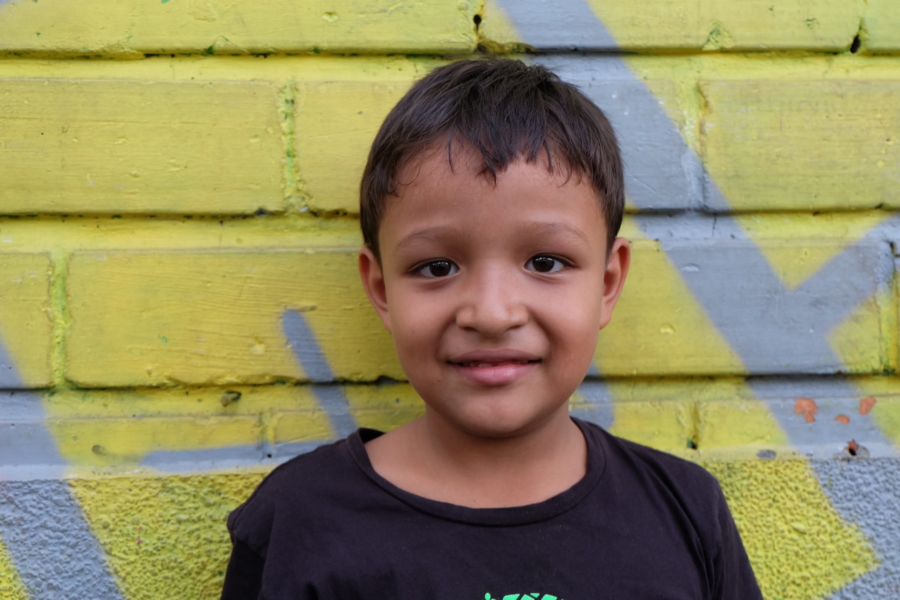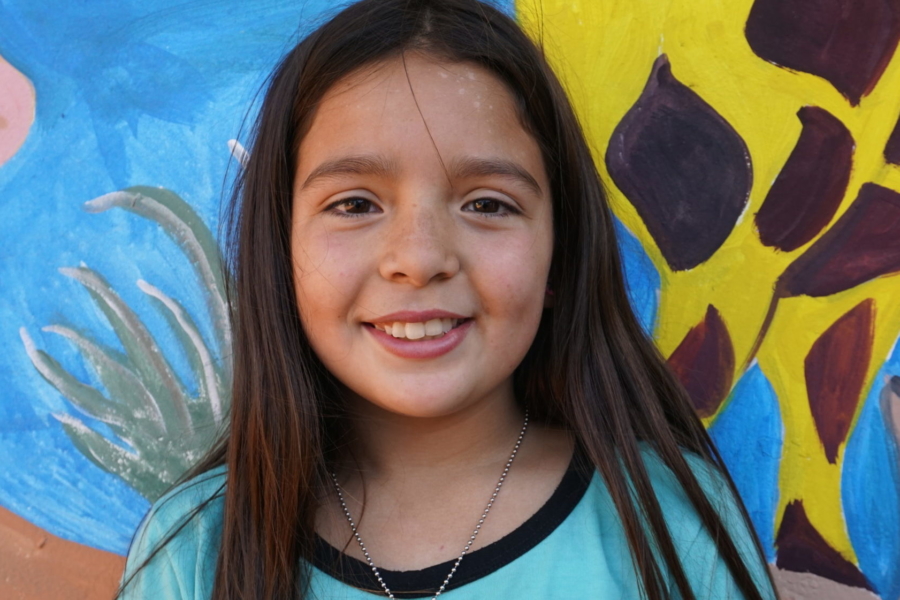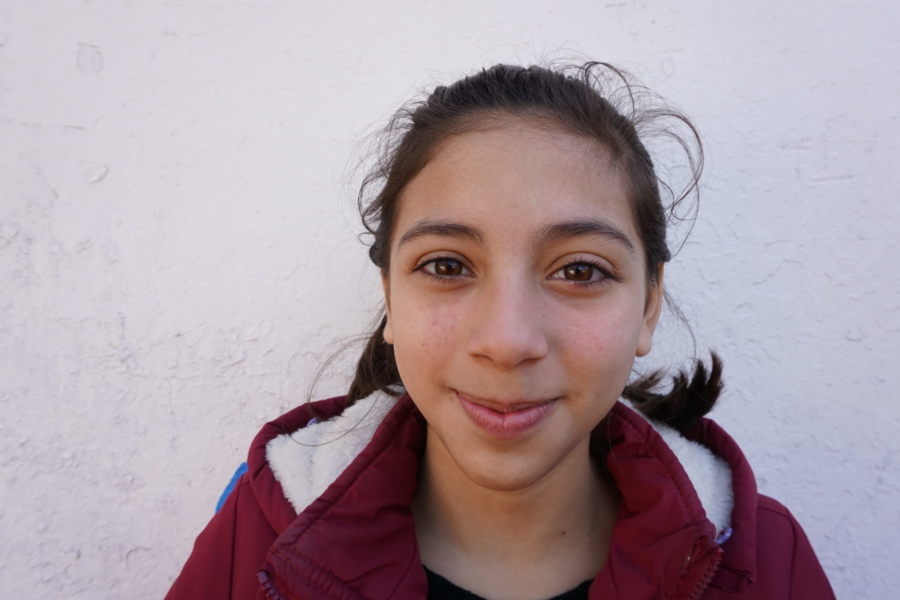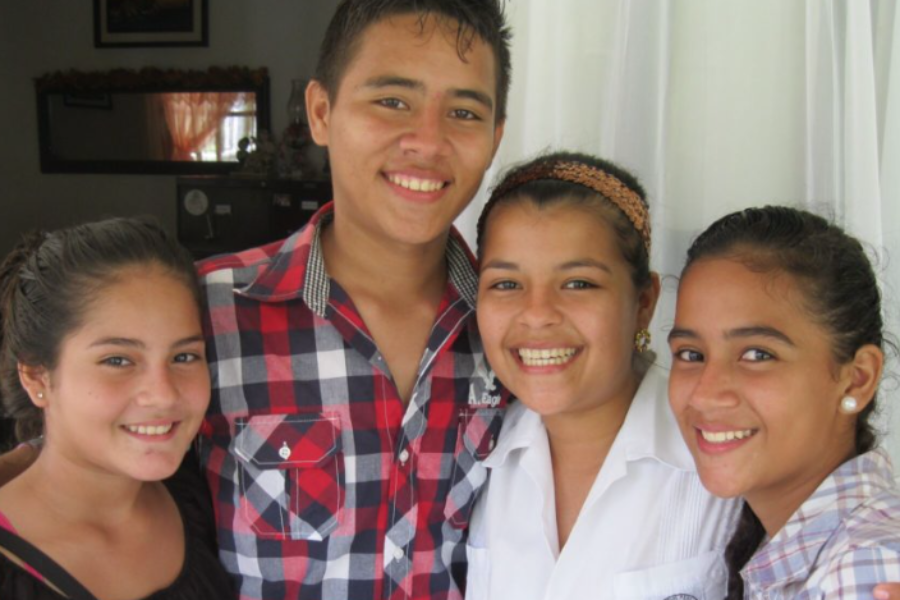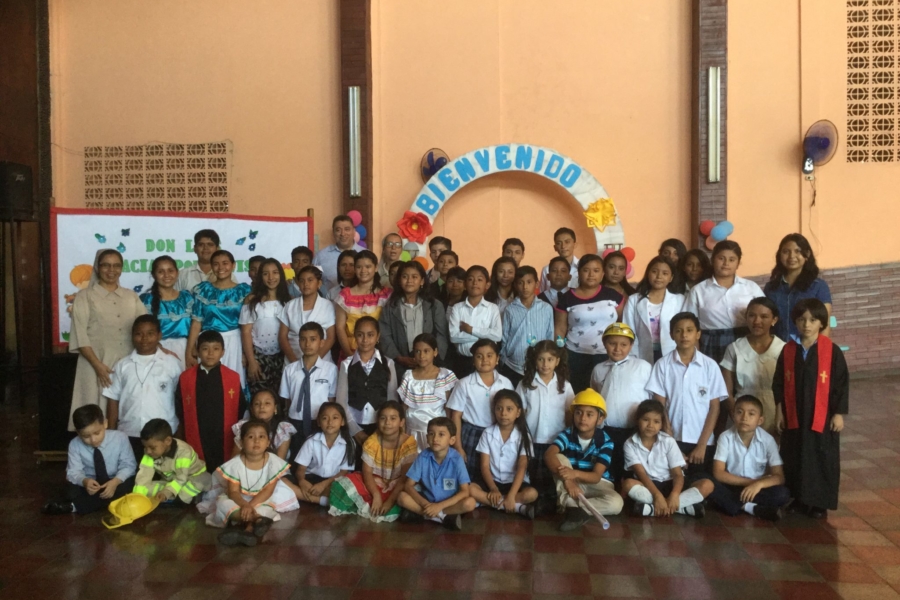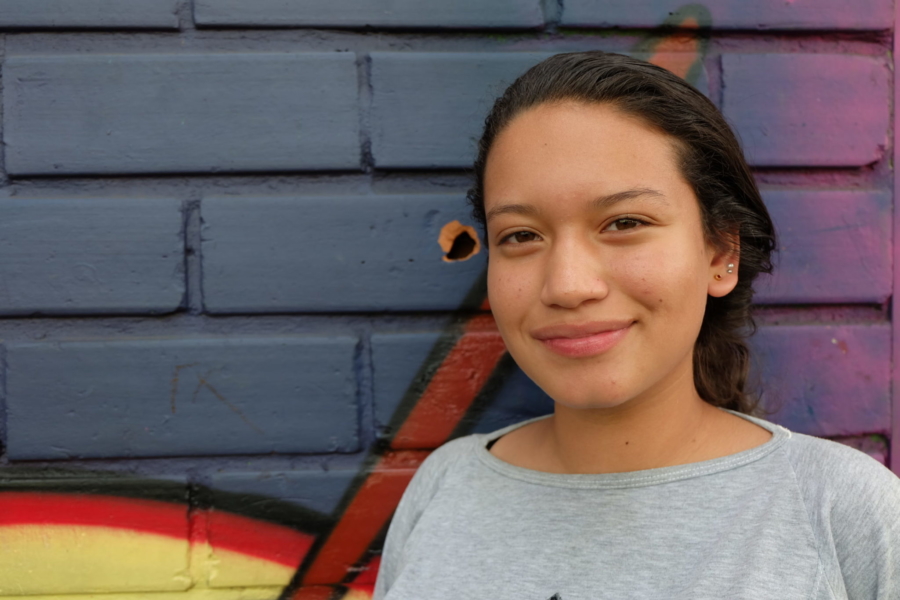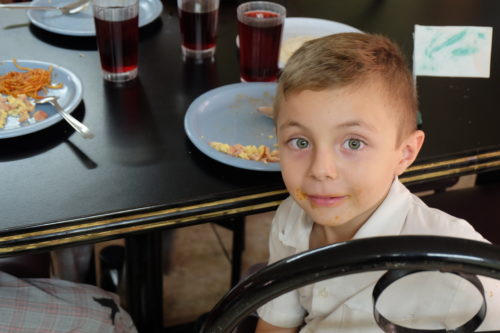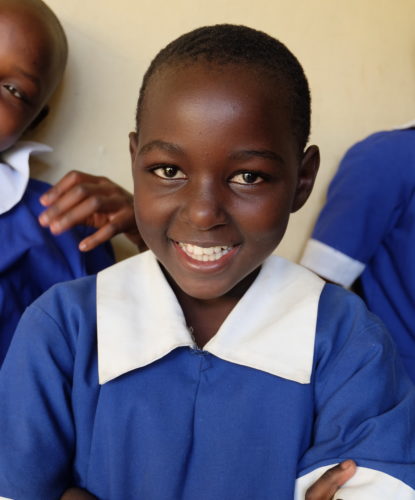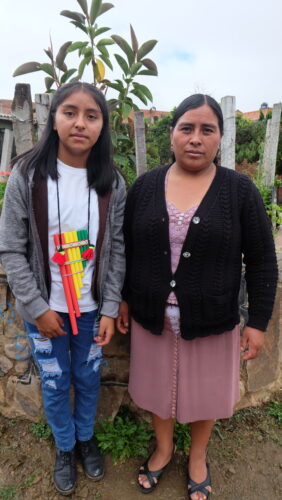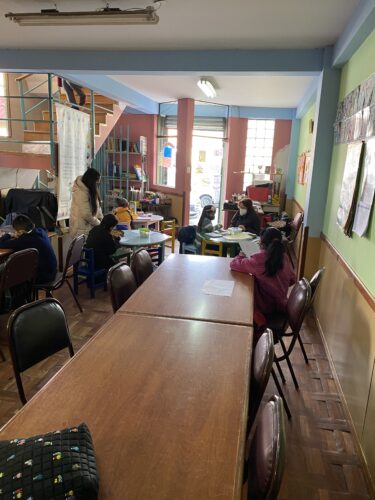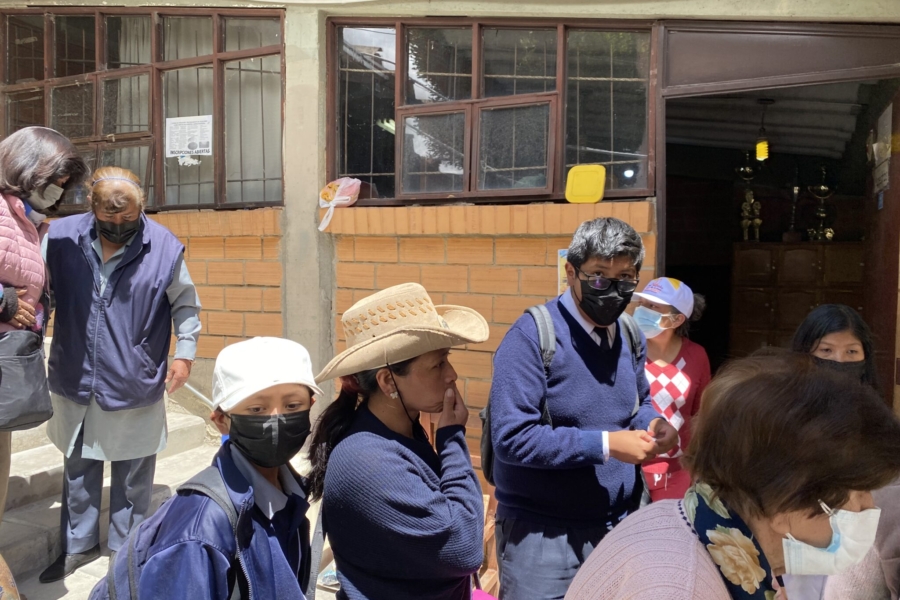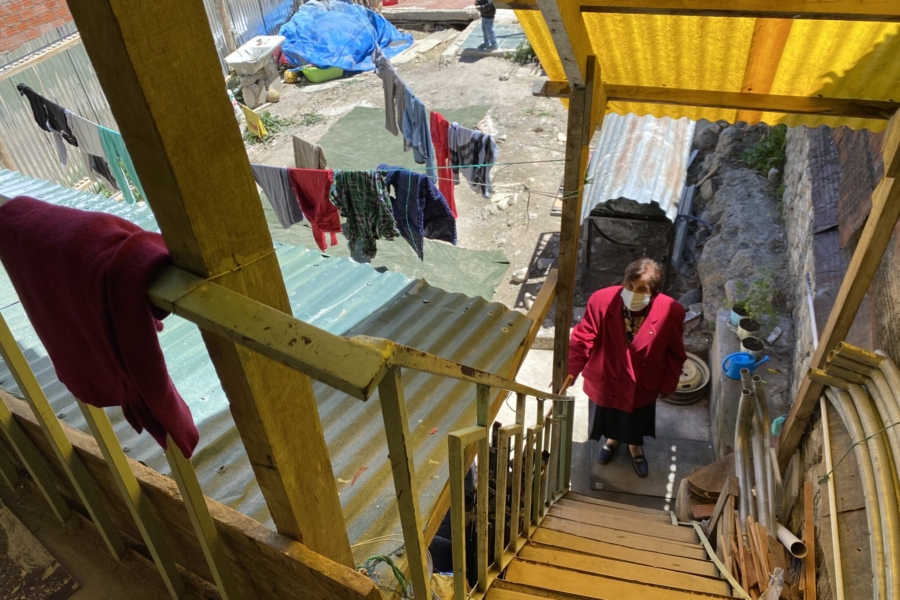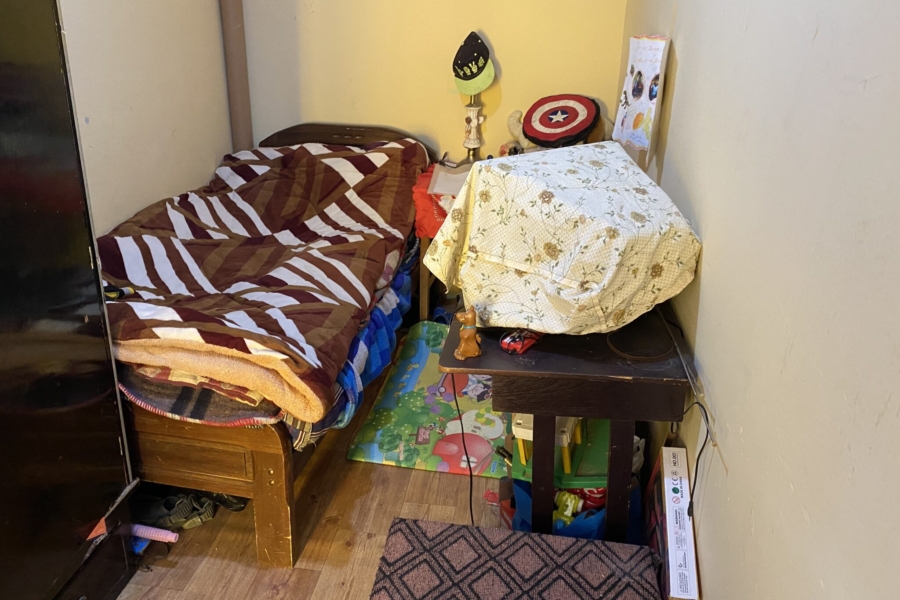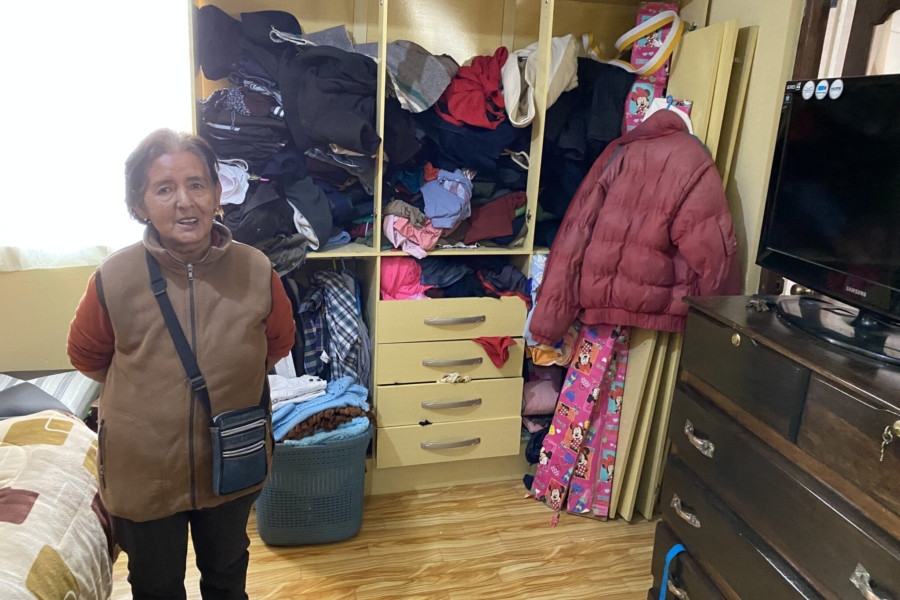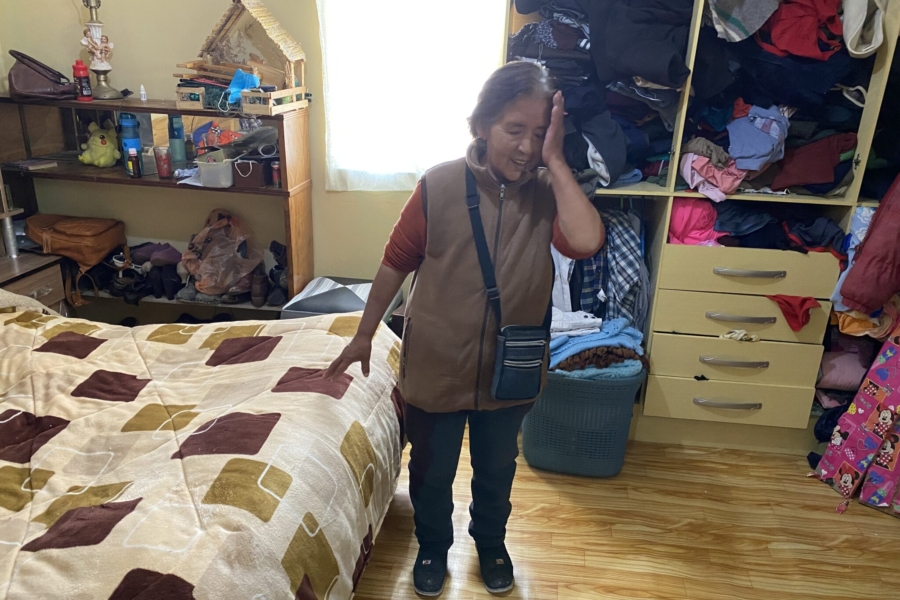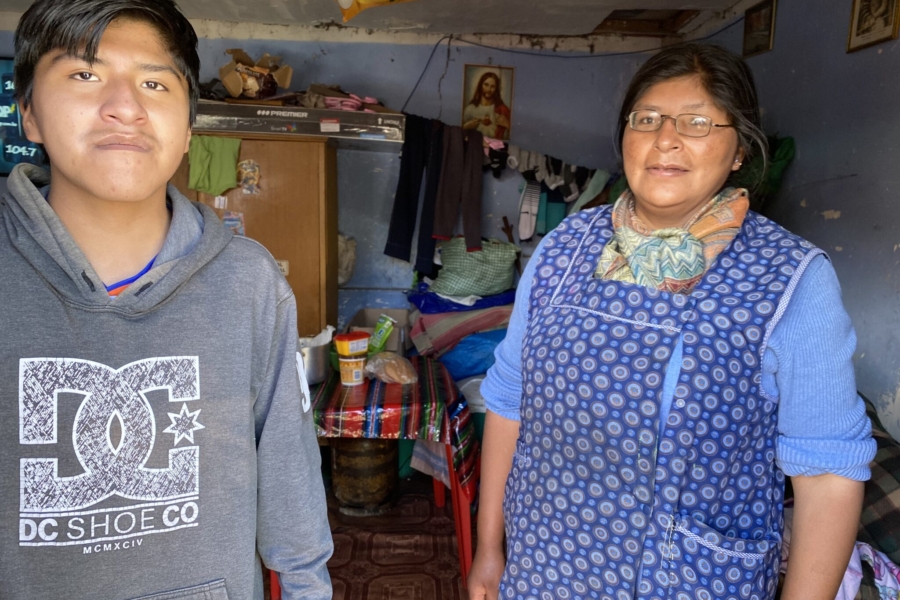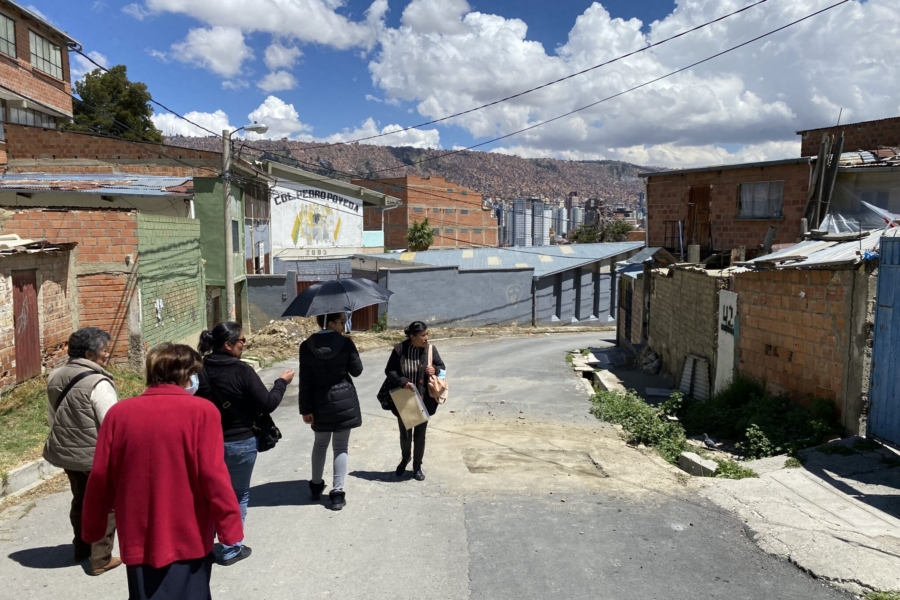We work in many South American countries including Argentina, Bolivia, Peru, Paraguay, Brazil, and Colombia. Through sponsorship, we help provide children with food, clothing, school supplies, and hygiene items. We also fund feeding programs and support unsponsored children through our Shared Hope Fund. In addition, we fund tutoring programs and the construction of schools, as well as provide funding for skill training programs.
Information about the countries where we work
South America is full of beauty, but it is plagued by political, social, and economic issues that are depriving children of the basic needs they deserve, and keeping them from obtaining a good education. We want to highlight information about each of the South American countries in which we work, to show you not only what the countries have to offer with regard to culture, landscape, and history, but also what they lack in infrastructure. We affiliate with sites in each of these nations to support their children in need.
About Argentina
The second-largest country in Latin America, Argentina is truly a nation of contrasts. In geography alone, its borders envelop a full spectrum of topography: rugged, towering mountains; tropical lowlands; arid steppes and plateaus; and frigid tundra. The country’s sprawling capital, Buenos Aires, is nestled along the estuary where the Rio de la Plata meets the Atlantic Ocean, and it is the second-largest metropolis in South America.
Known for its wealth of culture, arts — including the famous dance, the tango — and beautiful European-style architecture, Buenos Aires draws thousands of tourists each year. However, there is a hidden side of the city that few tourists experience; extremely high inflation, rising unemployment, and an increasing poverty rate afflict the nation as a whole.
About Bolivia
The small, landlocked country of Bolivia comprises the rugged Andes Mountains and vast, high-altitude plateaus to the west, including a portion of Lake Titicaca – the largest high-altitude lake in the world – as well as the lush lowland plains of the Amazon Rainforest to the east. Despite its wealth of natural beauty and resources, Bolivia bears the scars of centuries of conflict, beginning with the Spanish conquistadors and followed by almost 200 years of wars and internal military coups. Political and economic instability have brought about considerable poverty there, resulting in widespread malnutrition, crime, and disease.
Through sponsorship, we help provide children with food, clothing, school supplies, and hygiene items and much more.
About Peru
Located along South America’s western coast, Peru comprises arid Pacific coastlands, spectacular mountain ranges, and the vast Amazon Rainforest. This land has been home to indigenous peoples for thousands of years, including those of the illustrious Inca Empire — the culture that constructed Peru’s most iconic landmark: Machu Picchu.
Peru’s rich culture, breathtaking beauty, and wealth of natural resources, however, belie the abject poverty in which many of its residents live. Numerous rural areas are still recovering from the Sendero Luminoso terrorist attacks of the 1980s, which claimed countless lives, and caused thousands of families who had relied upon agriculture for generations to seek shelter in large cities — only to encounter an even deeper level of destitution. While Peru as a whole suffers from high unemployment, hyperinflation, disease, malnutrition, and crime, these maladies are most pronounced in its overcrowded urban areas — and perhaps even most of all in Lima, the nation’s capital.
About Paraguay
Nestled in the heart of South America, Paraguay comprises an area roughly the size of California, characterized by semiarid grasslands, forested highlands, marshlands, and rivers. Paraguay boasts a well-preserved indigenous identity and heritage, but a wide range of ethnicities call this small, landlocked nation home — including immigrants from Australia, Germany, Russia, Italy, France, and Spain.
Paraguay’s rich cultural diversity and wealth of natural resources, however, belie the abject poverty in which the majority of its residents live. Many areas of the country remain underdeveloped, with their inhabitants relying on subsistence farming for their livelihood. Today, one of South America’s poorest nations, Paraguay is plagued by a history of bloody wars with neighboring countries, as well as by internal political instability, corruption, deficient infrastructure, and poverty.
About Brazil
Brazil is the fifth-largest country in the world — both geographically and in terms of population. It is truly massive, sharing borders with every other country in South America except for Ecuador and Chile. The Amazon Rainforest, recognized for having the greatest biological diversity on the planet, sprawls across the country’s northern half, with rugged mountains to the south. Despite its wealth of natural resources and beauty, Brazil suffers from staggering poverty, rising inflation, unemployment, and a lack of social development.
About Colombia
Situated in the northwestern corner of South America, Colombia is rich in natural beauty, comprising the rugged Andes Mountains, lowland plains, the sprawling Amazon Rainforest, and coastlines on both the Pacific Ocean and the Caribbean Sea. Archeological evidence suggests that humans have called this land home for thousands of years.
Its modern history begins at the end of the fifteenth century, when Christopher Columbus and the first Spanish explorers discovered the region, subsequently establishing the area’s first successful Spanish settlement in 1508. Spanish colonization continued for the next 400 years. Finally, in the mid-nineteenth century, Colombia gained its independence and established itself as South America’s first constitutional government.
By changing the life of one child, you are giving him or her the opportunity to break the cycle of poverty.
However, political instability in the mid-to late-twentieth century led to the uprising of guerilla groups, which have wreaked havoc throughout the nation and have committed some of the most egregious social injustices. Tragically, their targets are most often children. Kidnappings, human trafficking, recruitment as soldiers into paramilitary groups, and forcible participation in drug-trafficking rings are all too common realities for vulnerable and disadvantaged children there.
Most Frequently-asked Questions About Sponsoring a Child in South America
Here at Children Incorporated, we know that sponsoring a child in need is extraordinarily rewarding, so we want to provide you with a guide to walk you through the process.
To make your decision as easy as possible, here are the answers to sixteen of the most commonly asked questions we receive about sponsoring a child in South America.
-
What is sponsorship?
The sponsorship relationship enables an individual sponsor to help support a child in need by means of monthly contributions. Monthly sponsorship donations go towards providing basic necessities such as school supplies and tuition fees, food, clothing, and access to healthcare, among other services, so that a child living in poverty has the opportunity to overcome the barriers that keep him or her from attending school, getting an education, and succeeding in life.
-
What is the role of a sponsor?
A sponsor’s friendship and encouragement are priceless to an impoverished child. Indeed, many children value the relationships they establish with their sponsors as much as they value the financial support they receive from them. There is an opportunity to build a relationship between sponsor and child that can be quite profound.
-
How long can I sponsor a child in South America?
Typically, sponsorship lasts until a child turns eighteen years old, graduates from high school, or moves out of our service area. Due to the transient state of many families and the difficult circumstances of the regions where they reside, we cannot predict or guarantee how long a child will remain in our sponsorship program, though every effort is made to provide services to children for as long as possible.
When a child leaves the sponsorship program, another child is selected for you to sponsor that is equally in need, in the hope that you will accept the new sponsorship.
-
Who implements or administers the child sponsorship program?
Our program is implemented by on-site volunteer coordinators who are typically administrators at the projects with which we affiliate. Our coordinators have direct access to the children they serve at their schools, homes, orphanages, or community centers – and sometimes even on a daily basis. As a result, they are familiar with the immediate needs and family circumstances of each individual child in their care.
Monthly sponsorship donations go towards providing basic necessities so that a child living in poverty has the opportunity to overcome the barriers that keep him or her from attending school.
-
Who most directly benefits from my financial support?
The beneficiary of your support is your individual sponsored child. The families of children in our sponsorship program receive additional or indirect benefits from their child’s sponsorship, but our focus is the one child. Sponsorship is intended to address the unique and individual needs of each child so that his or her specific needs are met.
The child-focused approach to fighting poverty is distinctly different from the broader community development approach. By changing the life of one child, you are giving him or her the opportunity to break the cycle of poverty, which can eventually lead to the transformation of an entire community — and even a nation.
-
Will I receive updated information about my sponsored child in South America?
Yes. You will receive updated information and updated photos, though the frequency may vary depending upon the child’s location. The typical progress report includes information about the child’s grade level in school, hobbies, and interests.
-
May I send packages to my sponsored child in South America?
Due to high customs duties and the likelihood of loss, it is not recommended that you send packages to sites outside of the United States, as their receipt cannot be guaranteed. If you would like to send an additional gift, it is recommended that you send a monetary gift to our headquarters in North Chesterfield, Virginia.
-
May I write to the child I sponsor?
Yes! Corresponding with your sponsored child can be a delightful experience. Your sponsored child is encouraged to write to you as well.
-
What should I write about?
The children enjoy learning about the lives of their sponsors. Writing about your own family (children, grandchildren, brothers, sisters, etc.) is always a good place to start. The children also like to learn about your part of the world, what you do for a living, your hobbies and interests, and about any pets you may have.
-
Is it possible to visit my sponsored child in South America?
It is possible to visit sponsored children; however, it is not guaranteed that all of the sites with which we affiliate are open to sponsor visits. Circumstances vary from area to area.
-
Are there reviews of child sponsorship organizations?
Yes. Before you choose an organization with which to sponsor a child, we highly recommend that you visit these websites to gain a better understanding of charity backgrounds and performances: Charity Navigator, GuideStar, Give.org and Charity Watch.
Children Incorporated is very proud of our reputation and reviews that recognize the work we are doing for children. Visit the following links to see our ratings:
- Charity Navigator Four Star Charity
- GuideStar Gold
- Better Business Bureau
- Charity Watch
- Authorize.Net
-
What are the best child sponsorship organizations for sponsoring a child in South America?
Well, we are obviously a little biased about this question; but as we mentioned above, we highly recommend that you visit the various websites that provide assessments and ratings of nonprofit organizations before you make any donations.
-
What are the pros and cons of sponsoring a child?
The pros: you get to make a fundamental difference in the life of a child in need, and the effects of your sponsorship can last a lifetime. There are no real cons to sponsoring a child, but as you follow the progress of your sponsored child, you may at times feel that you wish could do more.
-
How much does child sponsorship cost?
Our sponsorship rate is $35 per month, and may be paid monthly, quarterly, semi-annually, or annually.
-
Will my sponsorship help a child go to school?
Yes — absolutely! We pride ourselves on our focus on providing educational resources for children.
-
Are there non-religious sponsorship organizations?
Yes, there are many great charitable organizations, both religious and non-religious, that provide assistance to children in South America. Children Incorporated is a non-religious charitable organization.
If you are interested in sponsoring a child in South America or elsewhere, please click here to get started.
***



